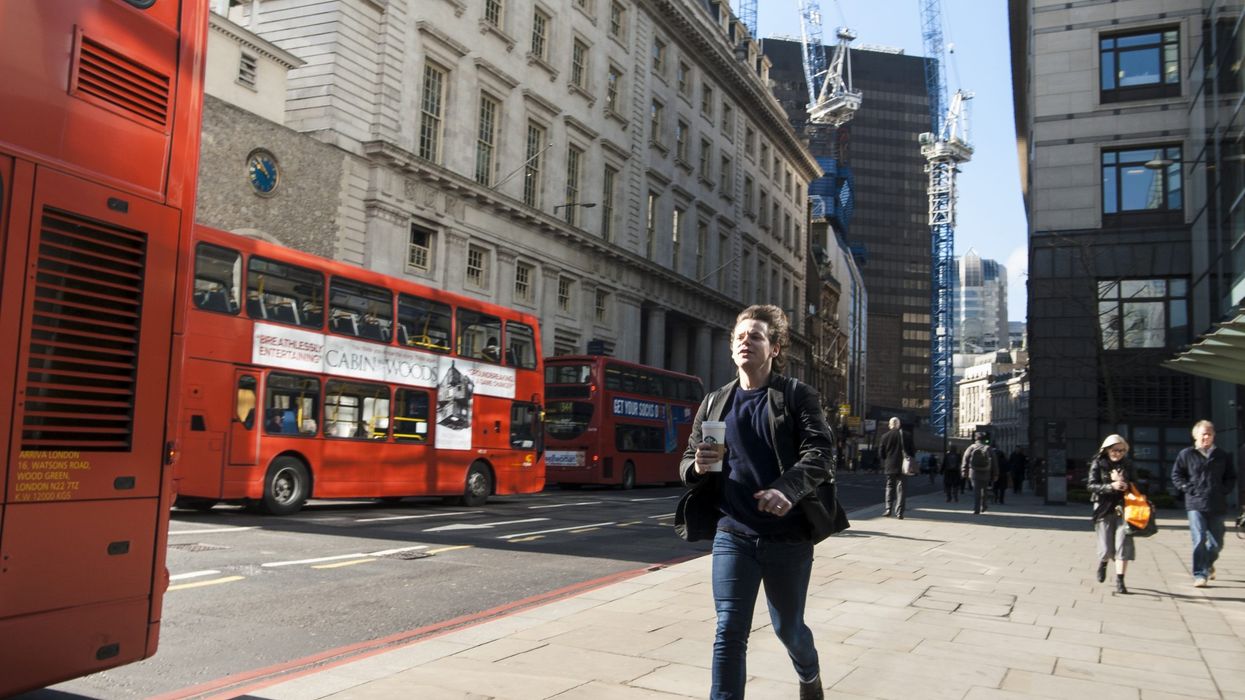According to the Government, over a third of Brits are not active enough for good health.
Though exercise is one of the best ways to remain healthy, unfortunately, most people find it difficult to find time for regular exercise.
However, new research suggests that just doing one-minute bursts of exercise twice each day, could be enough exercise to reduce the risk of early death, The Sun reports.
The study, which is published in Nature Medicine, has revealed that doing several 60-second bursts of activities daily can have similar benefits to high-intensity interval training (HIIT) which has reportedly gained popularity as a quick and effective way to exercise. In fact, celebs like Scarlett Johansson, and Jennifer Lopez are fans of this type of training.
HIIT offers many of the same health benefits as other types of exercise.
An earlier report in Healthline informs that HIIT workouts involve short periods of intense exercise alternated with recovery periods.
Apparently, one of the biggest advantages of these workouts is that you can get maximum health benefits in the least time.
Some examples of one-minute bursts of exercise listed by scientists include daily activities like running for the bus while commuting, bursts of power walking during errands, or playing high-energy games with the children.
Emmanuel Stamatakis, lead author of the study is reported to have said, “A few very short bouts totalling three to four minutes a day could go a long way, and there are many daily activities that can be tweaked to raise your heart rate for a minute or so.”
Researchers used a data set from the UK, to study 25,000 adults and their daily physical activity. These adults apparently did not exercise. However, the participants of the study were asked to wear smartwatches all days of the week and their health events and results were followed for a total of about seven years.
It was found that those who had not engaged in 'proper' exercise but managed to get in a few minutes of vigorous physical activity from daily chores and activities, had a 40% lower risk of death during the study period in comparison to those who did nothing and didn’t engage in any activity.
This was reportedly correct for death by any cause, including cancer.
It was also discovered that taking time out for this small amount of intense physical activity was associated with an even greater decrease in the risk of dying from heart disease, amounting to about 48%.
The researchers state that the study reveals how incidental physical activity can overcome many health barriers.
Emmanuel is quoted as saying, “Upping the intensity of daily activities requires no time commitment, no preparation, no club memberships, no special skills.
"It simply involves stepping up the pace while walking or doing the housework with a bit more energy."
Usually, a HIIT workout lasts for 10-30 minutes.
According to experts, despite the HIIT workout being short, it can produce health benefits like twice as much moderate-intensity exercise, and though the actual activity being performed differs – it can include biking, sprinting, jumping rope, or other bodyweight exercises.
An example of a HIIT workout as mentioned in Healthline can include using a stationary bike – you need to cycle for 30 seconds as fast as possible with high resistance (to make it more challenging) then, cycle slowly for several minutes (2-4 minutes) which means easy cycling with low resistance.
This can be considered as one “repetition” or “round.” In a HIIT workout, you would typically need to complete 4-6 reps or repeat this pattern for 15-30 minutes.













